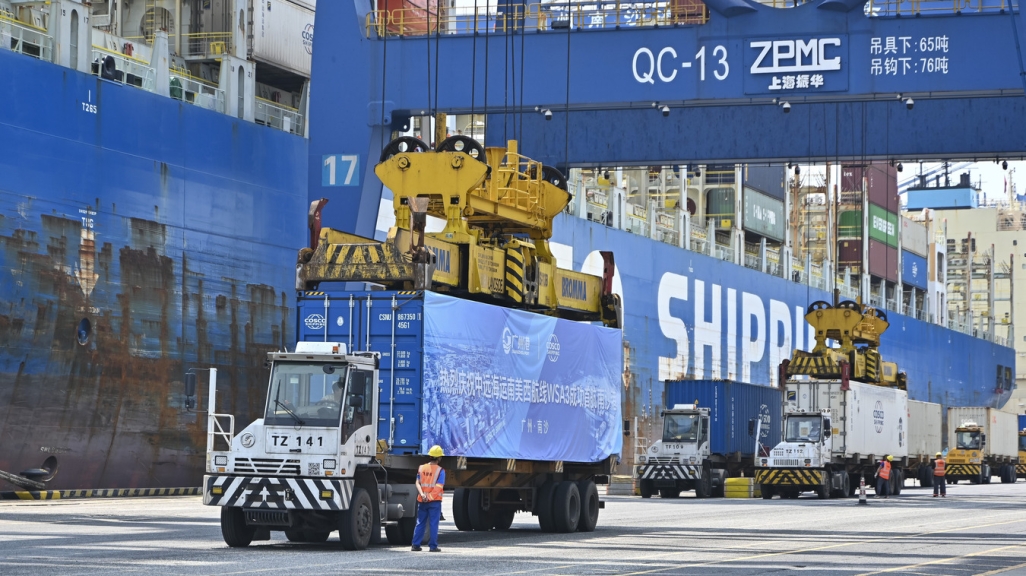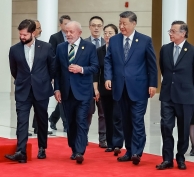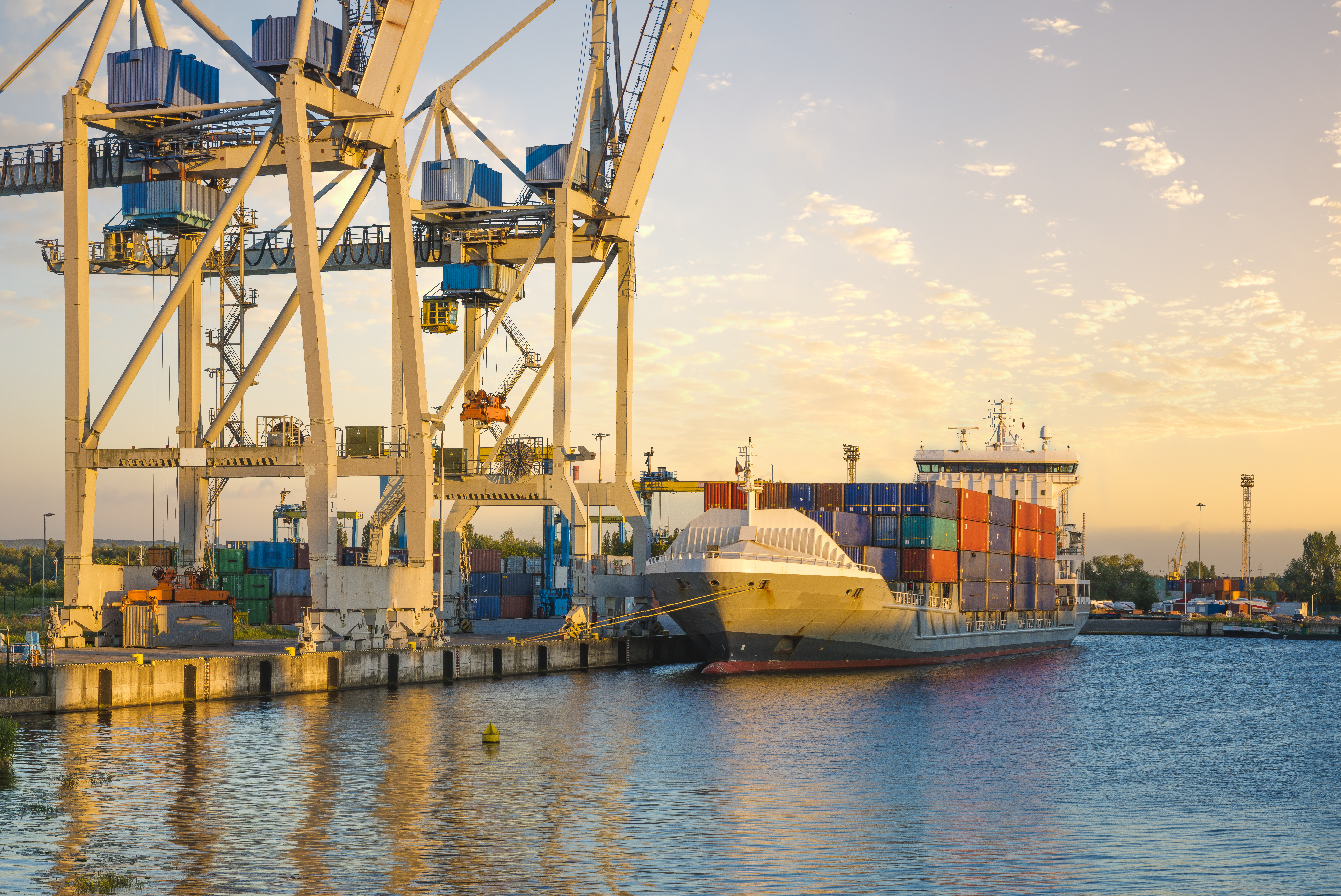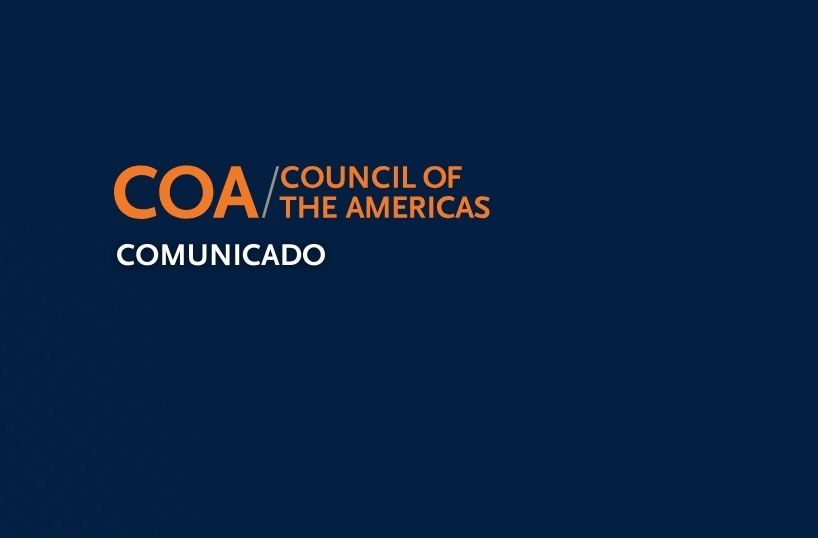LatAm in Focus: The New Era of U.S.–China Competition in Latin America
LatAm in Focus: The New Era of U.S.–China Competition in Latin America
Margaret Myers of SAIS explains how both Beijing and Washington are recalibrating their approach to engagement with the region.
Competing engagement between the United States and China is nothing new in Latin America. For decades, both countries have sought out economic and diplomatic partnerships with countries across the region.
But a new era may be dawning.

“It's a real strategic moment [...] among Latin American governments as they look to navigate what has been for a long time a very difficult dynamic and continues to be,” said Margaret Myers, managing director of the Institute for America, China, and the Future of Global Affairs at the School of Advanced International Studies (SAIS) at Johns Hopkins University.
In the United States, the second Trump presidency has brought renewed scrutiny to Chinese presence in the region—and more visits from Cabinet officials in the first 100 days than any other administration. This government, Myers explains, “really views so much of what China is doing in the region through a primarily national security lens,” she said, pointing to suspicion among Trump officials of the dual use of Chinese-sponsored port infrastructure for military purposes. Shortly after a visit from U.S. Secretary of State Marco Rubio to investigate such ties, Panama announced it was leaving China’s Belt and Road Initiative infrastructure program in February.
And the Trump administration is tweaking the United States’ longstanding commitment to using economic engagement as a tool to strengthen democracy and rule of law, said Myers. “The U.S. has long said that it wants to even the playing field with China in Latin America and other regions, as both look to compete for opportunities and for influence,” she said. “The strategy before was to try to ensure that the Chinese were raising their standards. Now, it seems the conceptualization is to even the playing field by reducing [the] U.S. commitment.”
Meanwhile, “China's at a sort of Hail Mary moment right now,” Myers said. Not only is the country looking to expand its footprint into sectors integral to its development, like critical minerals or telecommunications, but it’s also looking for new markets to export its goods. On May 13, China’s commitment was clear at the CELAC–China summit, where President Xi Jinping announced a $9 billion credit line and new infrastructure investments to the region. The day before, Colombian President Gustavo Petro announced his country would be joining the Belt and Road initiative while Brazilian President Luiz Inácio Lula da Silva signed a raft of new commitments and deals with Xi.
Where does this leave Latin America? “These countries are coming around to the idea and they have been for a very long time that diversification of partnerships, reliance on multiple actors, and not just China and the United States, but others too, is really the best path forward,” concluded Myers.
Three sitting presidents travelled to Beijing for a China–CELAC summit. Who else ventured to have made an official trip?
Subscribe to Latin America in Focus, AS/COA's podcast focusing on the latest trends in politics, economics, and culture throughout the Americas.











